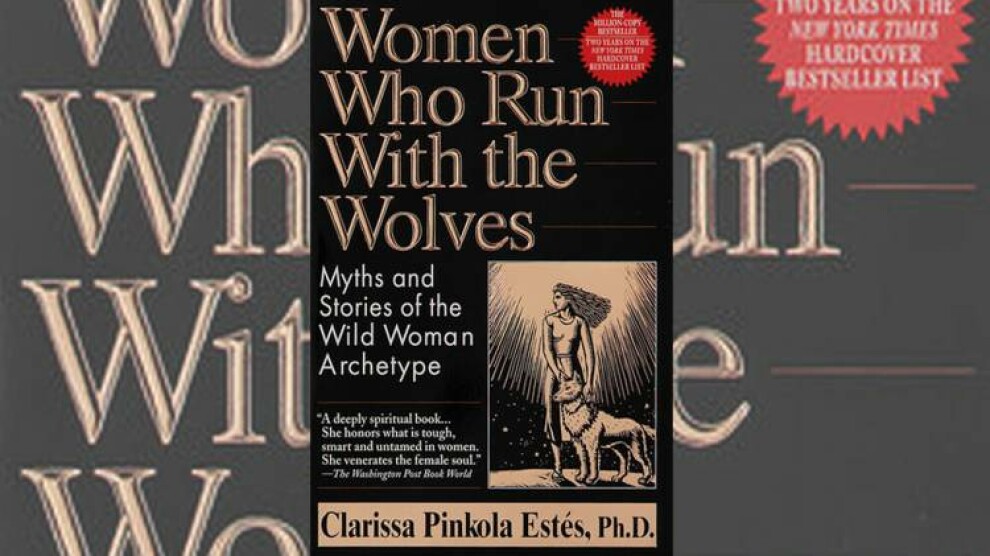The book of the day: Women Who Run with the Wolves

Women Who Run with the Wolves: Myths and Stories of the Wild Woman Archetype is a book by author and poet Clarissa Pinkola Estés and it was published in 1992 by Ballantine Books. Estés won a Las Primeras Award from the Mexican American Women's Foundation for being the first Latina on the New York Times Best Seller list. The stories printed in the book were given to her by her family and other people she met on her travels. Stories are a way to hand over knowledge about the cycles of life and forms of healing. Forms of art are a way for her to use the potential for healing and help her patients along the way.
In the book, Clarissa says “Deep instinctual nature became endangered through society as it is not regarded as important. Rationality and decision making through the head has become the primal and socially accepted way of things. The wild woman archetype is instinctual knowledge that everyone has deep inside. It is knowing when to stay and when to leave when to let live, and when to let die. It is knowledge about the natural cycles of life in balance. There are high expectations of women nowadays: they should be everything for everyone. They were treated as property, objects, and lesser beings.”
Estés writes, “Over time, we have seen the feminine instinctive nature looted, driven back, overbuilt. But women’s flagging vitality can be restored by extensive ‘psychic-archeological’ digs into the ruins of the female underworld. It is there that we might reveal “women’s deepest nature” and gain access to “the creative feminine.”
Why should women run with the wolves? She explains why: “A healthy woman is much like a wolf: robust, chock-full, strong life force, life-giving, territorially aware, inventive, loyal, and roving. Yet, separation from the wildest nature causes a woman's personality to become meager, think, ghostly, and spectral. We are not meant to be puny with frail hair and inability to leap up, inability to chase, to birth, to create a life.”
“We are all filled with a longing for the wild. There are few culturally sanctioned antidotes for this yearning. We were taught to feel shame for such a desire. We grew our hair long and used it to hide our feelings. But the shadow of Wild Woman still lurks behind us during our days and in our nights. No matter where we are, the shadow that trots behind us is definitely four-footed.”
